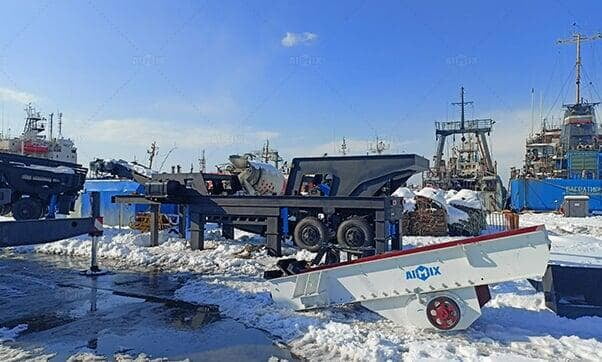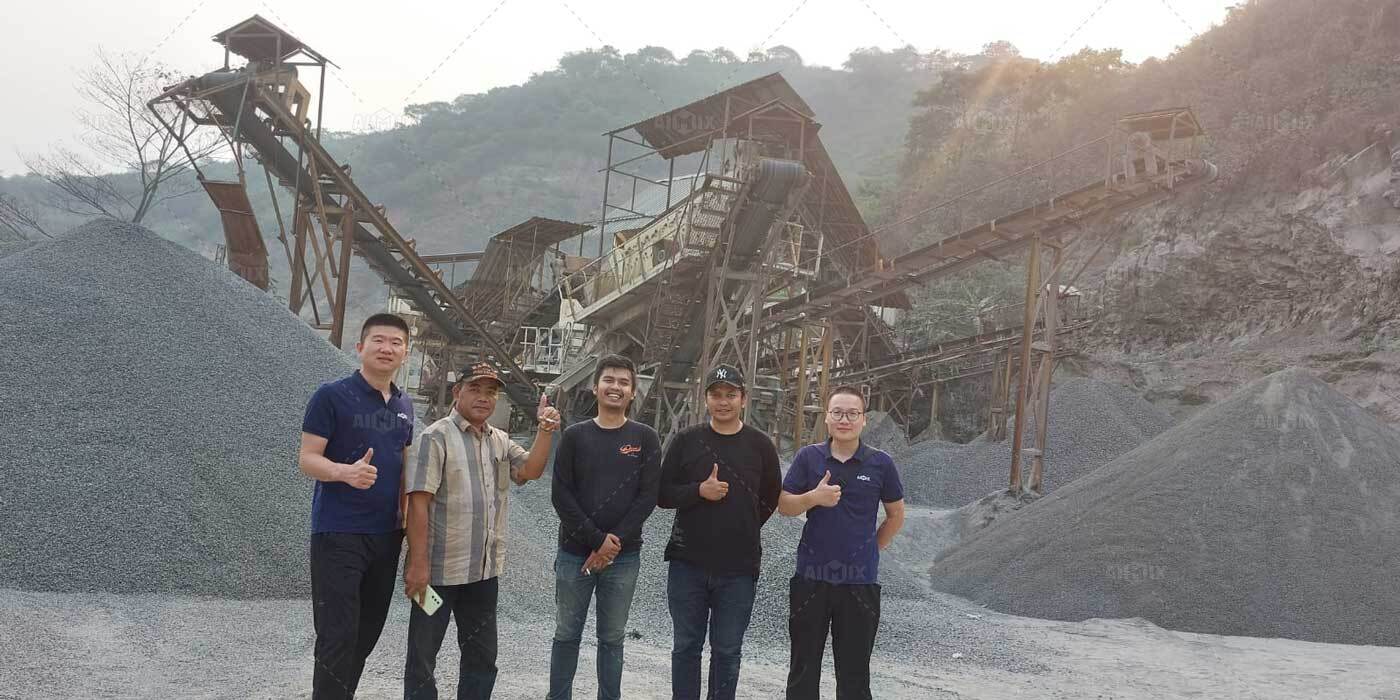In the fiercely competitive world of aggregate production, operators face an ever-persistent question: does a higher-priced granite crusher machine truly translate into lower cost per ton? On the surface, a premium machine may appear to challenge lean budgets. Yet when examined through the lens of production throughput, lifecycle economics, and process optimization, the numbers begin to tell a different story—one of strategic investment rather than simple expenditure.
Understanding Cost Per Ton in Crushing Operations
Defining True Cost Efficiency in Aggregate Processing
Cost per ton is not merely a reflection of fuel burned or hours clocked. It is a holistic metric encompassing machine efficiency, wear part consumption, downtime, and material uniformity. A crusher that processes more granite with fewer rejections and less maintenance reduces overall cost per usable ton—even if its upfront cost is steeper.
Efficiency in this context means more than just speed. It includes the precision of the crush, the integrity of output gradation, and the reduction of fines or oversize. A less expensive crusher may cycle faster but generate inconsistent output, requiring reprocessing and thereby inflating hidden costs.

Variables That Influence Cost Beyond Initial Purchase
Initial capital expenditure is only one variable in a deeply layered equation. Other major contributors include energy consumption, replacement parts, service frequency, operator training, and machine adaptability to various rock types. In granite crushing—where hardness and abrasiveness push machinery to the limits—these variables play an outsized role.
Simply put, an underpowered or low-spec crusher may become a financial liability under the mechanical stress of high-density granite. Meanwhile, a higher-end crusher engineered for heavy-duty throughput can deliver long-term cost compression by minimizing mechanical fatigue and maximizing uptime.
Performance Dynamics of Higher-Priced Granite Crushers
Enhanced Output and Material Consistency
Premium granite crushers often come equipped with intelligent control systems, variable chamber settings, and reinforced wear components. These features contribute directly to more uniform particle sizing, reducing waste and improving compatibility with downstream screening and washing processes.
Consistency is king in large-scale production environments. Aggregate crushers that produce predictable results cut down on bottlenecks across the plant. This streamlining improves scheduling, enhances material flow, and ultimately boosts profit margins.
Durability, Downtime, and Maintenance Cycles
Granite is unforgiving. Its quartz content and density wear down components at a rapid rate. High-end crushers mitigate this with hardened jaw plates, hydraulic protection systems, and modular designs that simplify part replacement. These innovations reduce unplanned downtime, which—when quantified in hours of lost production—can dwarf the cost of initial purchase.
Furthermore, many advanced machines offer predictive maintenance alerts, helping operators address issues proactively rather than reactively. Over time, this reduces catastrophic failures and maintains steady production levels with minimal interruptions.

Evaluating Return on Investment Over Time
Long-Term Operational Savings
When measured over five or ten years, the delta in operating costs between a budget crusher and a high-performance unit becomes stark. Savings emerge through reduced fuel usage, fewer labor hours for maintenance, and minimized spare part expenditure. Even minor gains in tons per hour accumulate significantly over extended production cycles.
In scenarios where production targets are aggressive or uptime is mission-critical, higher-priced crushers pay for themselves faster than initially projected. This is particularly relevant for vertically integrated operations that supply their own granite for construction, asphalt, or concrete batching.
Scalability and Adaptability to Future Demand
Another rarely acknowledged benefit is scalability. High-spec machines are often designed with modularity and flexibility in mind. They can be adjusted to accommodate different rock types, integrate with future plant expansions, and support automation upgrades. This future-proofing ensures the stone crusher plant remains a productive asset as demand grows or market conditions evolve.
In aggregate terms, the right investment is not always the cheapest—it’s the smartest. When choosing a granite crusher, price is a starting point, not a verdict. True value lies in a machine’s ability to optimize output, reduce operational drag, and enhance reliability, all of which push cost per ton lower in the long run.

